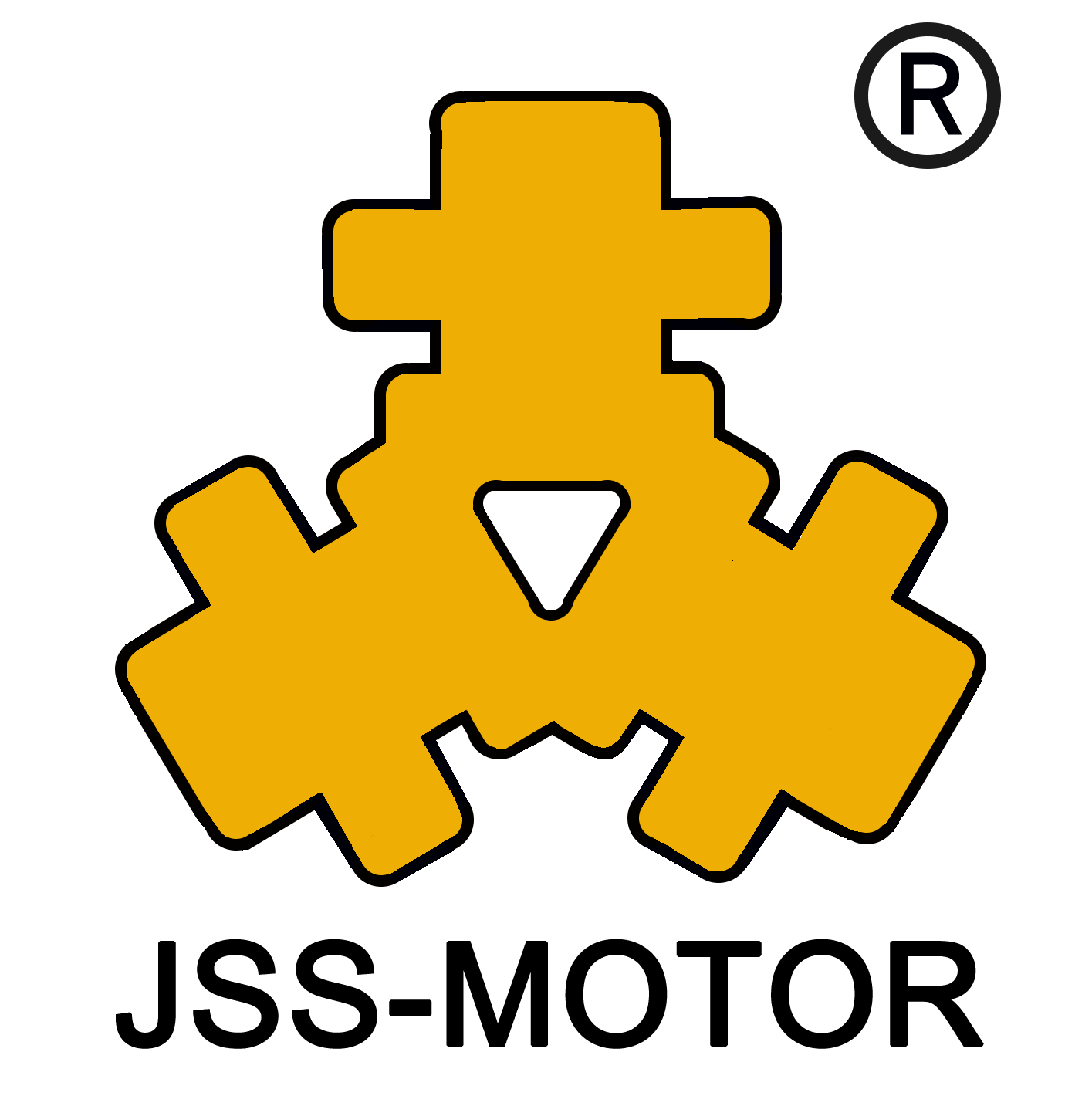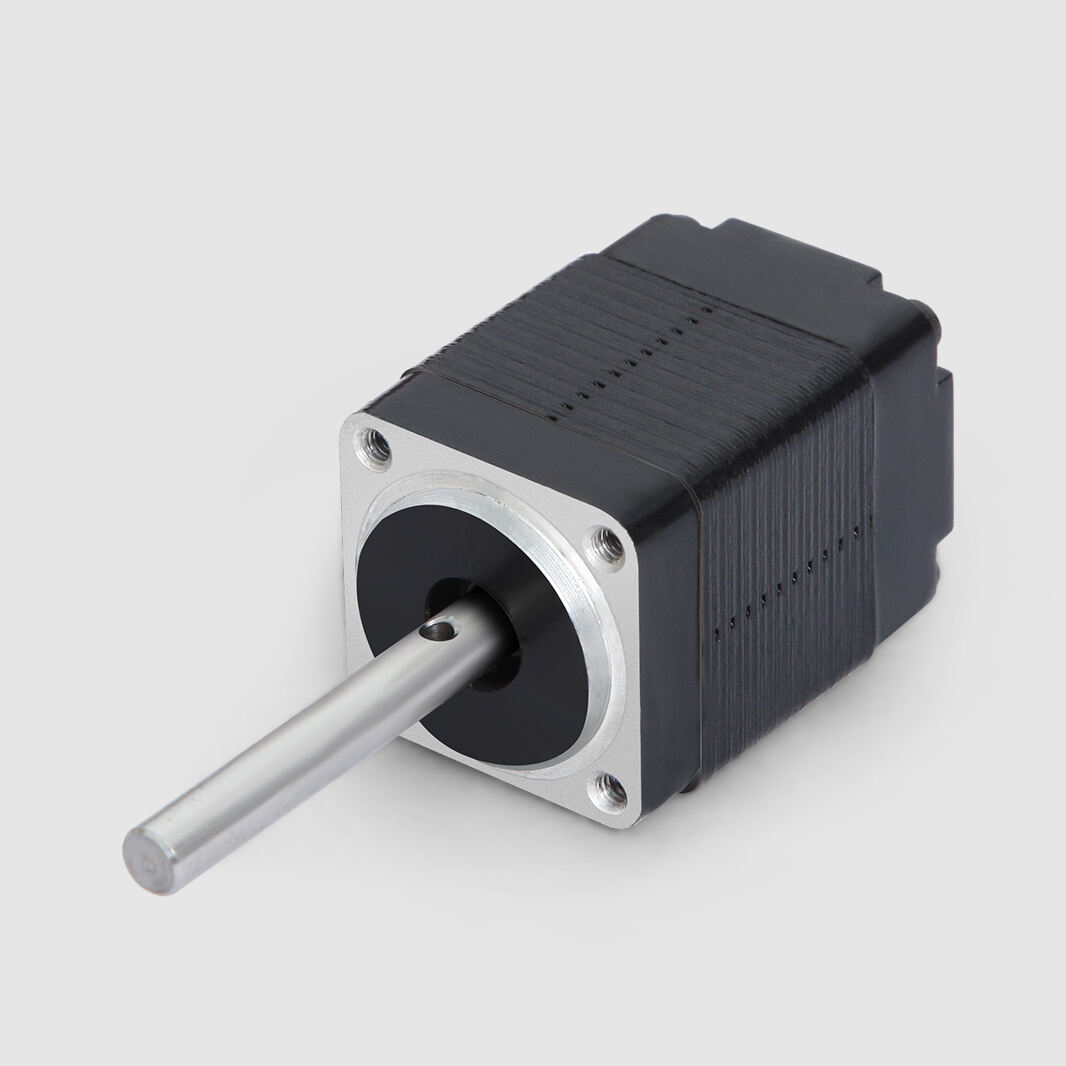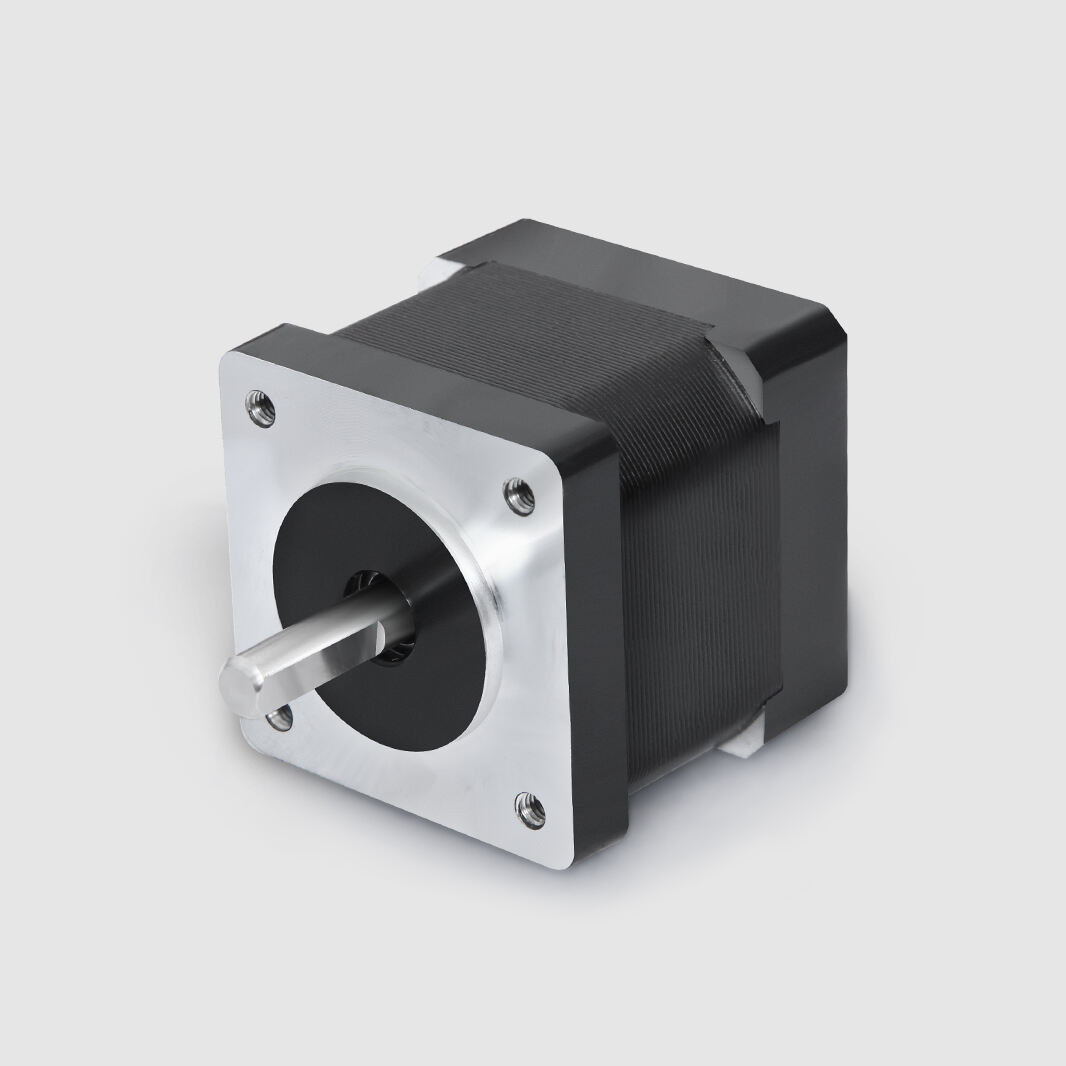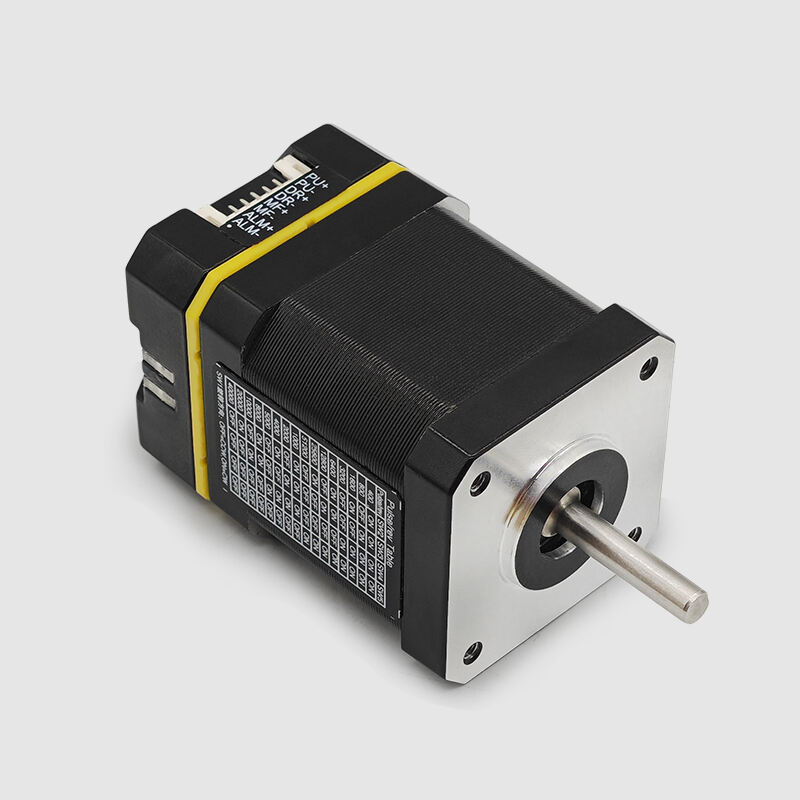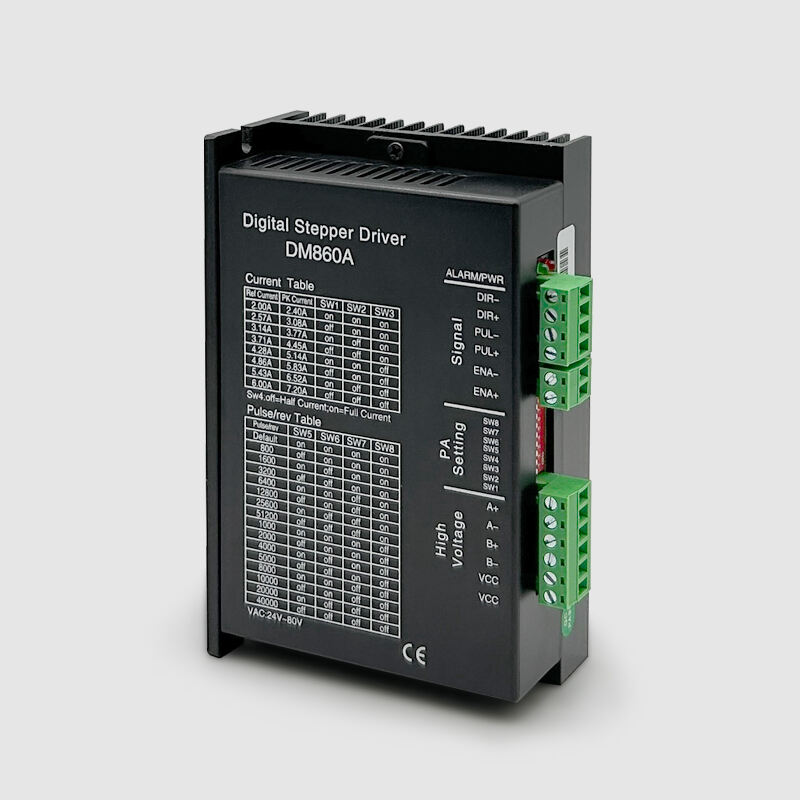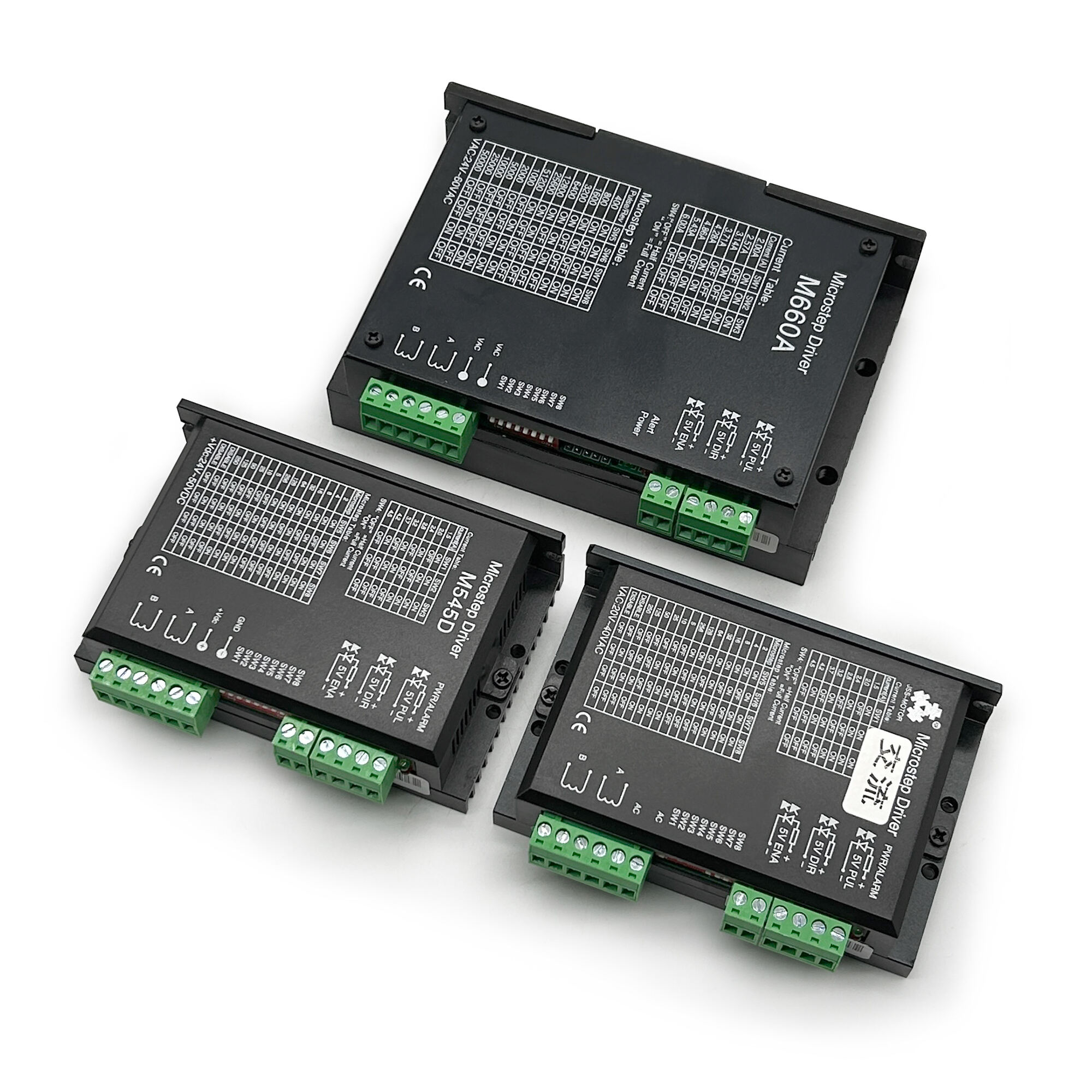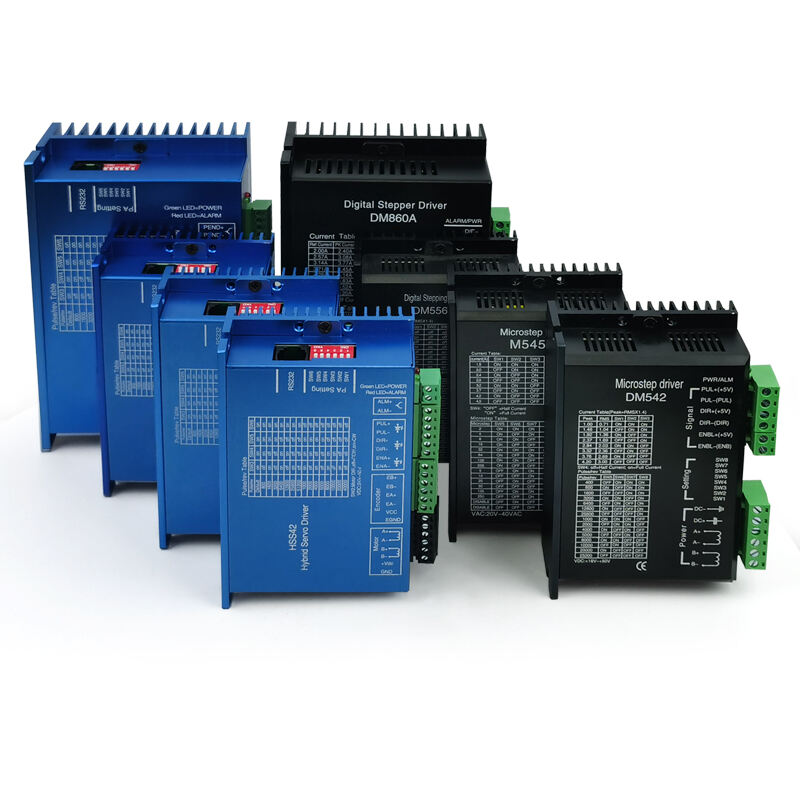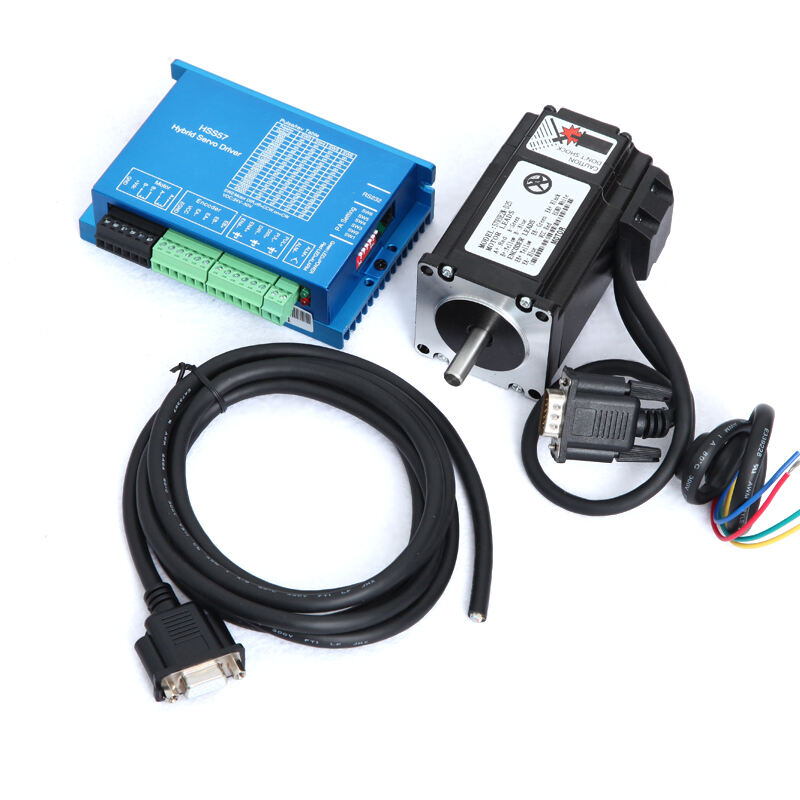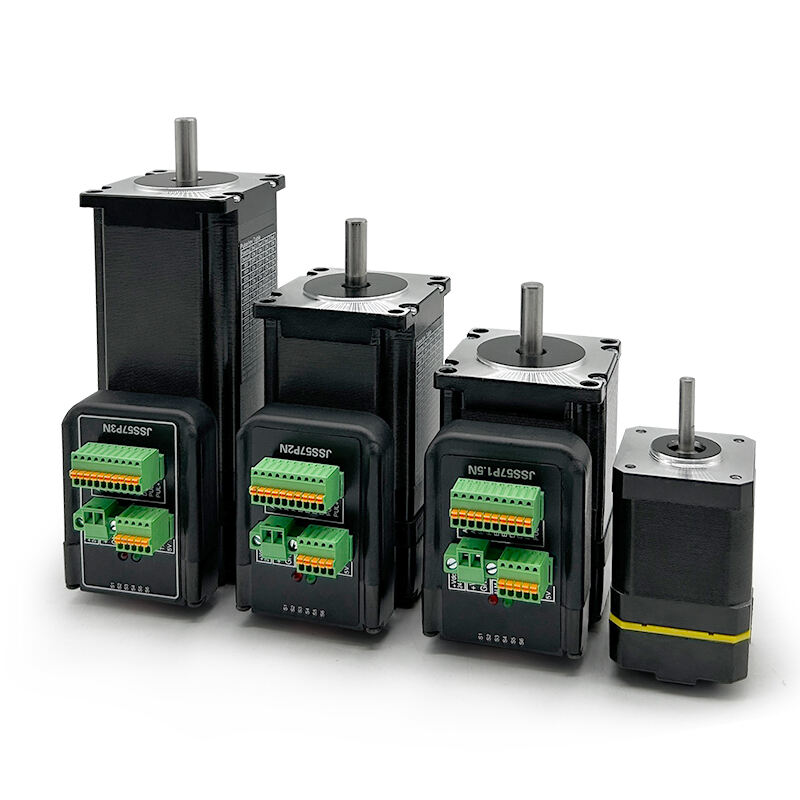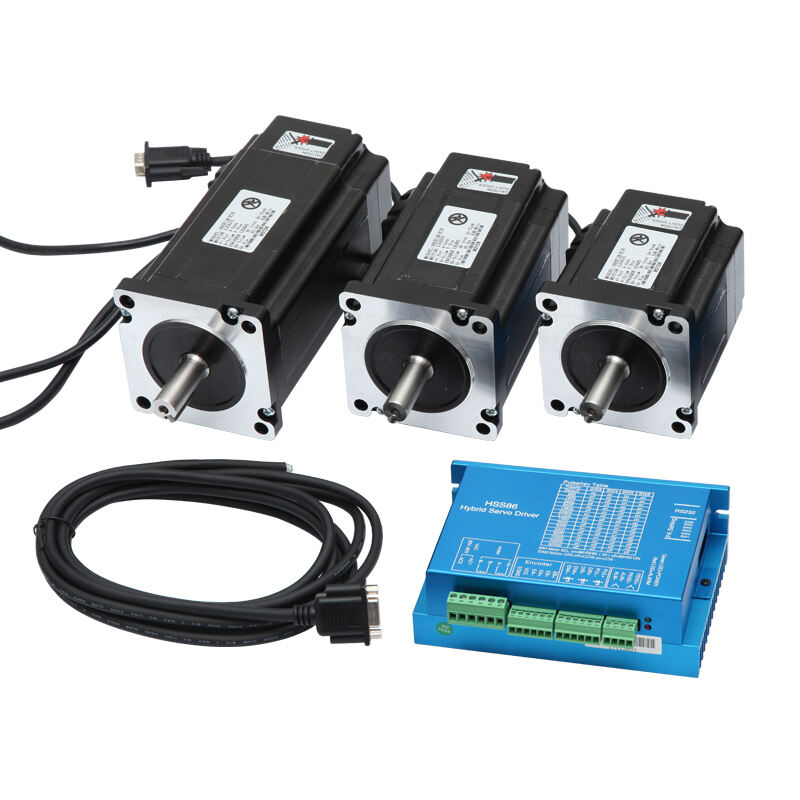3d printer closed loop stepper
The 3d printer closed loop stepper is a sophisticated motor control system designed to enhance the precision and reliability of 3D printing. Its main functions include accurately positioning the print head, maintaining consistent torque, and ensuring high-quality prints by minimizing errors. Technological features of the closed loop stepper include real-time feedback from sensors, which constantly monitor the motor's position, and advanced control algorithms that make instant adjustments. This system is crucial in applications where precision is paramount, such as manufacturing, prototyping, and medical modeling. The closed loop stepper outperforms open loop systems by offering unparalleled accuracy and consistency, making it an essential component in advanced 3D printing technology.
